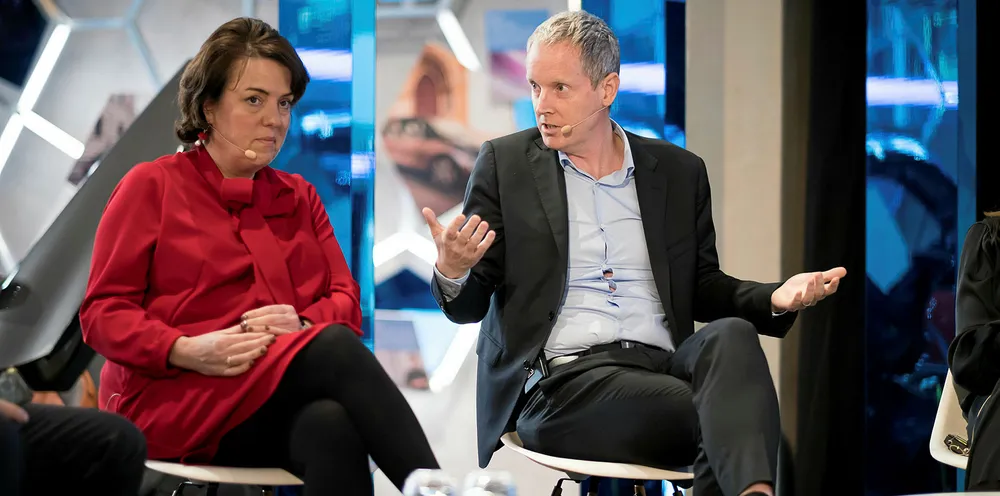EIB: EU should set target for green hydrogen to push gas out of market
Getting the price of renewable power down to €0.02-0.03/kWh would make green H2 cheaper than natural gas — which will be vital for the EU to hit zero emissions by 2050, says EIB vice-president
